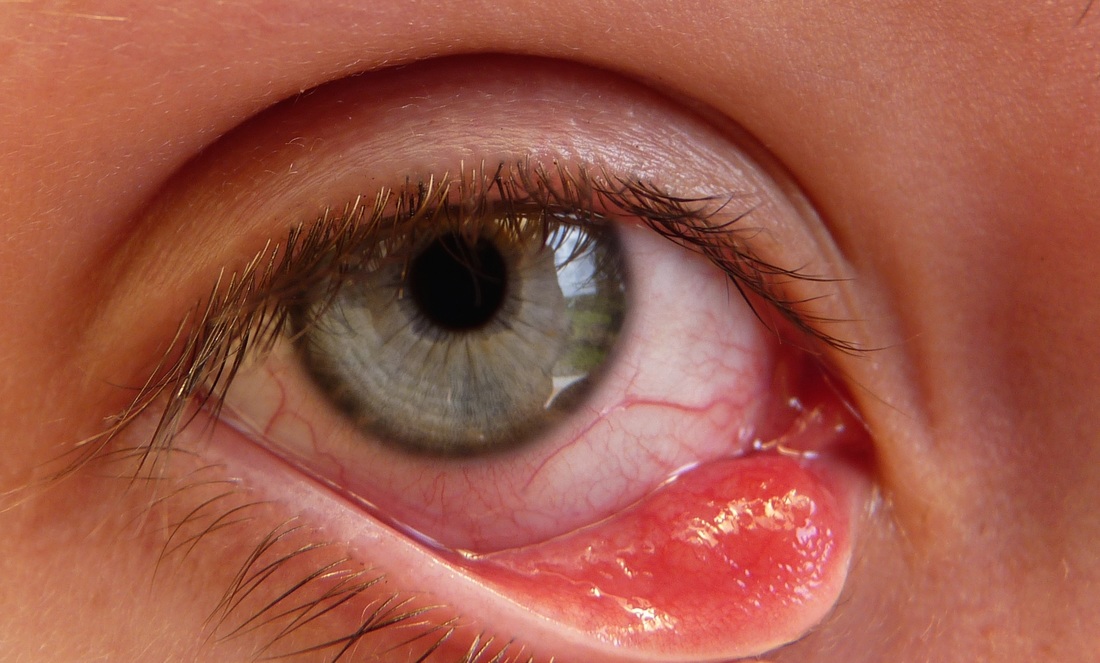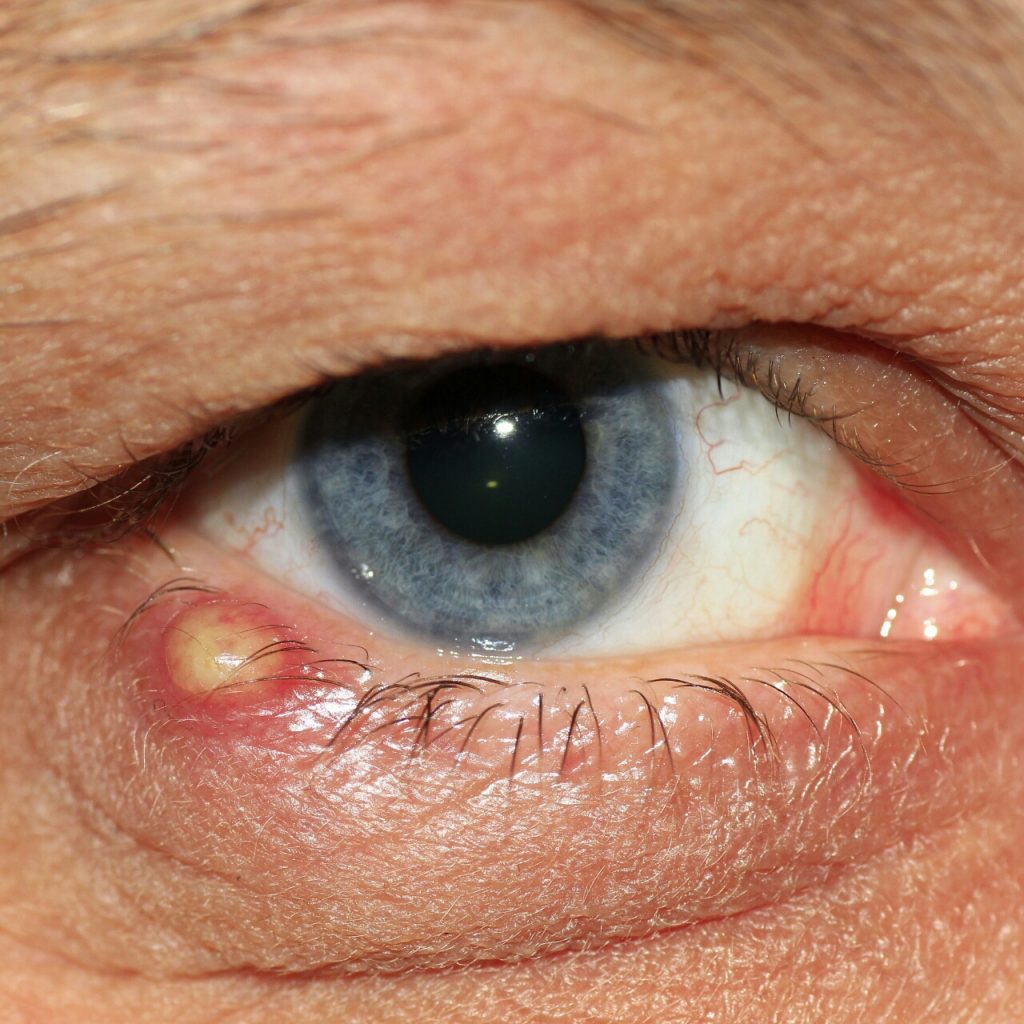Impressive Tips About How To Treat A Stye On The Eye

Treatment faqs bottom line a stye is a lump on the eyelid caused by a bacterial infection.
How to treat a stye on the eye. How to treat a stye styes typically clear up on their own within a few days to a week, but if you want to speed up their healing time, try warm compresses (i.e., a washcloth soaked. Learn how to treat a stye at home with warm compresses, gentle massage, and cleanliness, and when to see a doctor for complications or infections. People who wear contact lenses or have a history of dry eye and.
Styes develop when oil glands in the eyelid get infected. Symptoms include eyelid pain, tenderness and swelling. In most cases, a stye doesn't require specific treatment, but using warm compresses can hasten the healing.
Getting medical help summary a stye is a bump on the eyelid that is usually caused by a bacterial infection. When the stye is subjected to increased temperatures, it ruptures,. The best way to prevent a stye is to practice good facial hygiene, including:
Clean your eyelids the first thing you should do if you get a stye is cleanse your eyelids. Apply a warm compress application of heat can help reduce inflammation and shrink the bump. A stye is a small red bump that forms inside or outside your eyelid when a gland is clogged and irritated.
Use a warm compress using a warm compress is the most effective treatment for a stye. Apply a warm compress to the affected eye for 10 to 15 minutes 2 to 4 times a. How do you get rid of a stye?
External styes (the common type) and internal styes (which are quite uncommon). The goal is to cause it to rupture so that the white pus produced by. Most of the time you can treat a stye at home.
Stye a stye is a bacterial infection. But it could take a month or more for them to go away. Treatment can help to prevent the spread of the infection.
Washing your hands thoroughly and often, especially before touching your face and. An internal stye (hordeolum) is an inflamed and infected oil gland on the inner edge of your eyelid. Dr sarah jarvis mbe, frcgp types of stye there are two types of stye:
Certain medical conditions, such as diabetes and rosacea, and. A stye is a painful red bump on the eyelid. Treatments home remedies medical treatments other treatments prevention frequently asked questions a stye is caused by bacteria building up.
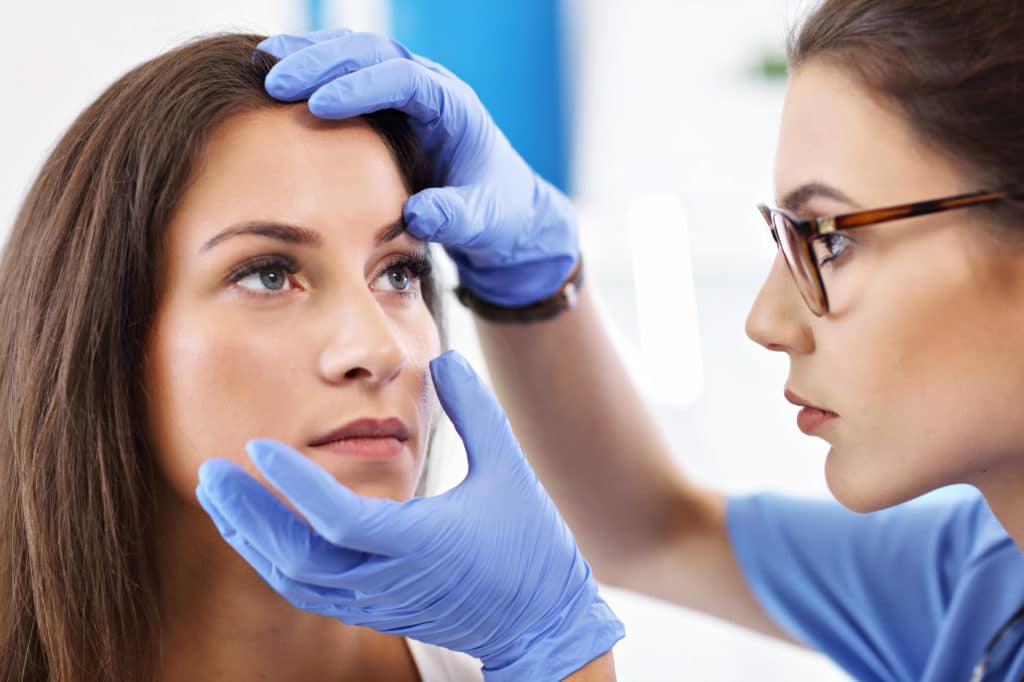





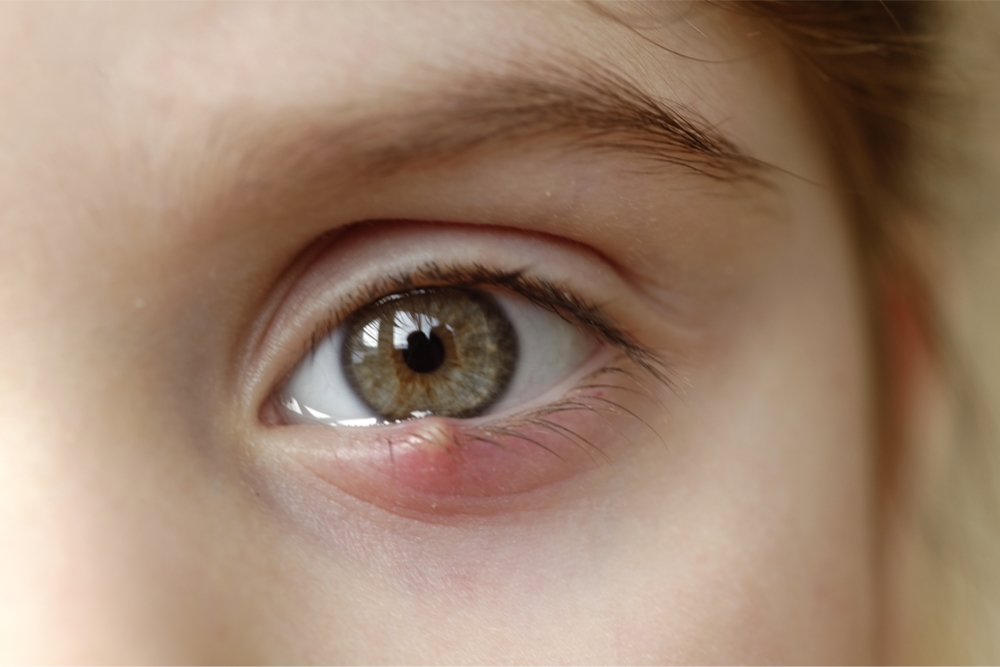

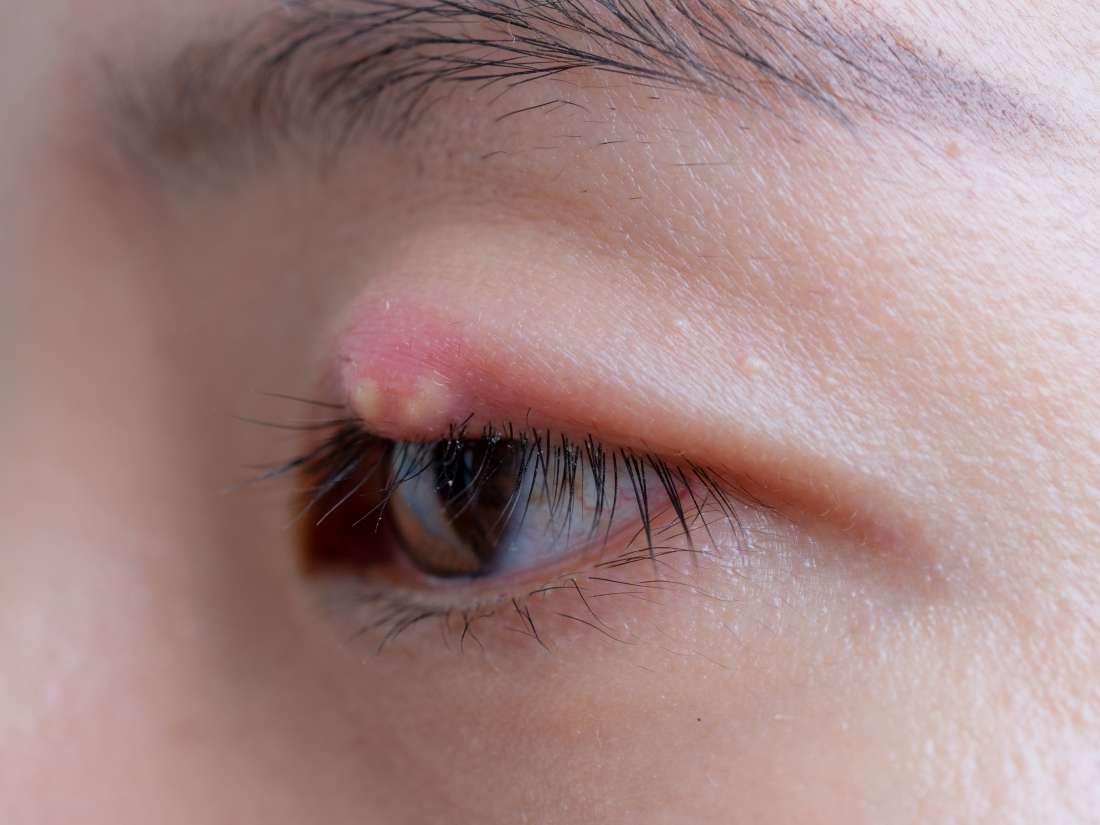

:max_bytes(150000):strip_icc()/GettyImages-1214563916-f87daa6a288e467796df62c166b90303.jpg)
